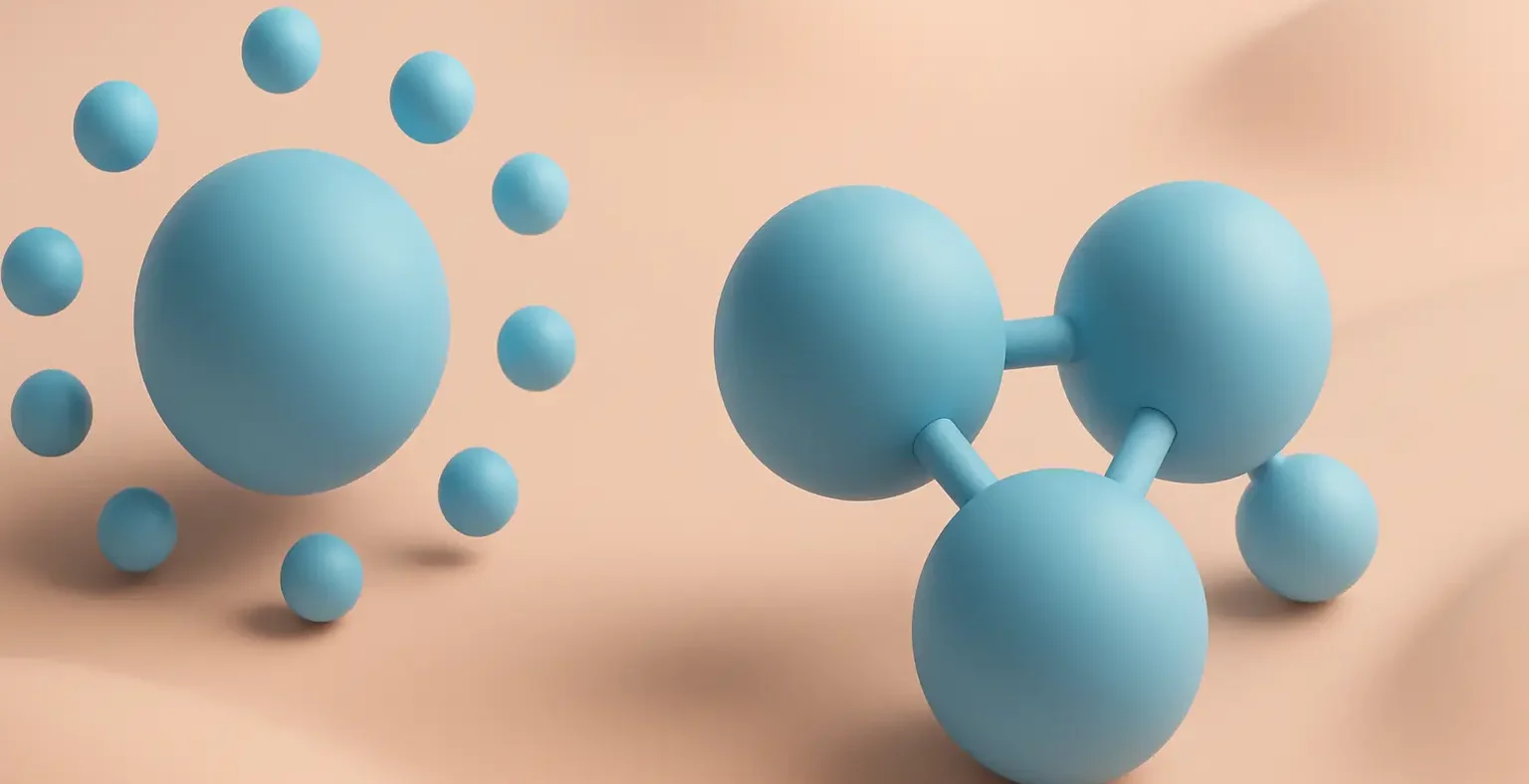Solvation & association
- Solvation & association is the process of surrounding solute particles with solvent molecules, leading to the formation of a solution.
- It involves:
-
Breaking Solute-Solute Interactions:
- Energy is required to separate solute molecules from each other.
-
Breaking Solvent-Solvent Interactions:
- Energy is needed to create space within the solvent by disrupting solvent-solvent interactions.
-
Formation of Solute-Solvent Interactions:
- Solute particles are surrounded by solvent molecules, forming stable solute-solvent interactions, which release energy.
Solvation States
-
Fully Solvated:
- Solute particles are completely surrounded by solvent molecules.
- Maximum interaction between solute and solvent.
-
Partially Solvated:
- Solute particles are partially surrounded by solvent molecules.
- Some solute-solute interactions may still exist.
-
Contracted:
- Solute particles are minimally surrounded by solvent molecules.
- Solute-solute interactions dominate, with limited solute-solvent interactions.
These states describe the extent of interaction between solute particles and solvent molecules during the solvation proces
Association
- Association refers to the interaction between solute molecules within a solution, which can influence solubility and other properties.
- Types of associations include:
-
Hydrogen Bonding:
- Strong interactions between molecules containing hydrogen bonded to electronegative atoms like oxygen or nitrogen.
-
Ion Pairing:
- Formation of ion pairs in ionic solutes, which can affect solubility, especially in polar solvents.
-
Van der Waals Forces:
- Weak interactions, such as London dispersion forces, between non-polar molecules or parts of molecules.

